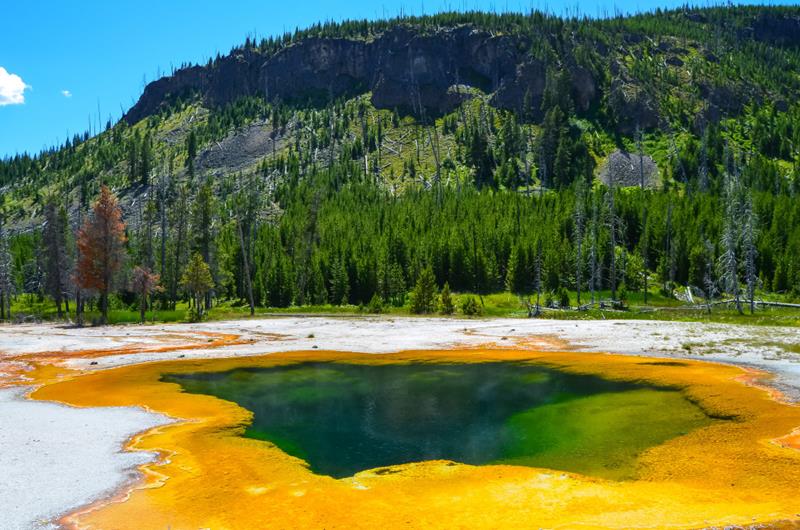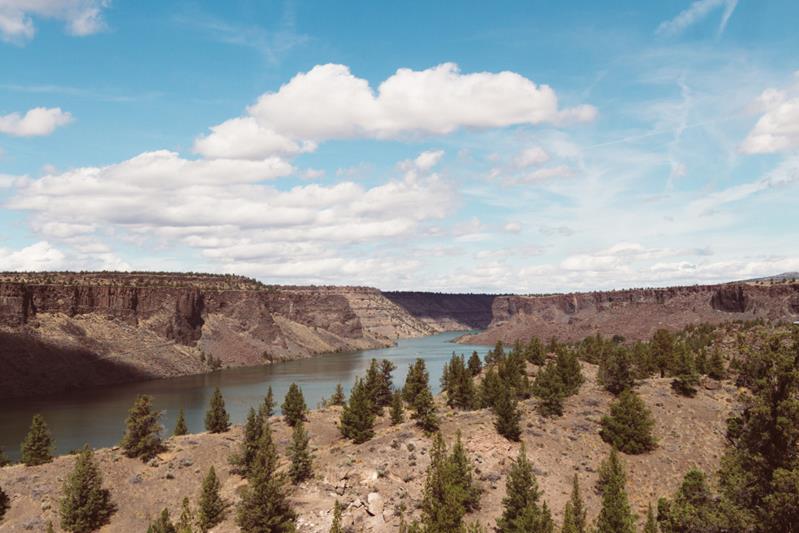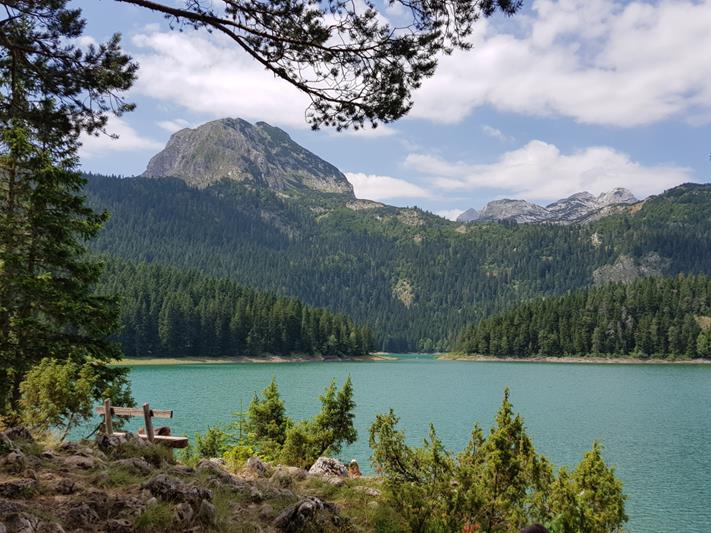What is a nature reserve, and why do we need it?
A reserve represents more than merely a designated space for safeguarding natural resources. It embodies reverence for the environment and the aspiration to cultivate a balance between humanity and nature. Nature reserves serve as vital guardians of distinctive ecosystems, shielding endangered animals and plants from the brink of extinction caused by human actions. These reserves offer sanctuary to numerous species, furnishing them with secure habitats for survival and reproduction, shielded from external hazards. The United States boasts the status of a country with the best nature and many ecological reserves.
What is an ecological reserve?
This natural reserve is a designated area established to safeguard the exceptional natural splendor, the array of plant and animal species, and the ecological equilibrium. Unlike other protected regions like national parks, ecological reserves generally enforce stricter regulations concerning human interference and administration.
The primary objective behind establishing flora and fauna reservations is to establish a secure refuge where natural processes can evolve autonomously, free from human impact. This endeavor serves to safeguard distinctive ecosystems and endangered species of plants and animals while also fostering scientific exploration of natural phenomena without disrupting their integrity.
Wildlife reserves cover a variety of natural landscapes, including forests, bodies of water, mountains, grasslands, deserts and others. In addition, they may include distinctive natural features such as mountain ranges, waterfalls, canyons and geological formations.
Main features of wildlife reserves
The main characteristics of ecological reserves are determined by their primary mission – nature protection and preservation of natural ecosystems. They differ in some features that help them perform their functions.
Wildlife reserves s are unique places in nature where natural ecosystems are preserved in their pristine state, free from industrial activity and human interference. They play a key role in preserving biodiversity, providing refuge for rare and vulnerable species of animals and plants, and preserving unique landscapes and geological formations. The reserves conduct scientific research aimed at understanding natural processes, as well as educational programs for the public to promote environmental awareness and understanding of the importance of nature conservation.
Controlling human impacts on the environment, monitoring the state of nature, and managing resources are important components of reserve management. These flora and fauna reservations provide not only places of recreation and recreation but also valuable educational and scientific sites, as well as an incentive for the development of sustainable ecotourism and the conservation of natural heritage for future generations.
The most famous nature reserves in the world
The primary peril facing species and the predominant cause of their extinction and declining biodiversity stems from the relentless degradation of their natural habitats. Human activities frequently involve land development, yet often neglect the imperative of safeguarding the habitats of indigenous wildlife. Nature reserves play a pivotal role in offering ample expanses for species to roam, access sustenance, undertake migrations, and propagate across vast territories. Here are some of the renowned wildlife reserves.
Yellowstone National Park (Wyoming, Montana, Idaho)
It stands as one of the most ancient and expansive nature reserves globally. Within its borders lie a captivating array of geysers, hot springs, lakes, and diverse wildlife. Renowned for its exceptional fauna and dynamic geothermal features, notably the iconic Old Faithful geyser, the park provides a plethora of recreational opportunities for enthusiasts seeking active pursuits.

Grand Canyon National Park (Arizona)
It boasts a majestic canyon stretching over 446 kilometers in length. The park provides an array of outdoor pursuits, making it an ideal destination for enthusiasts of adventure and nature alike. Additionally, it serves as a hub for conducting archaeological and geological studies
Yosemite National Park (California)
The park beckons with its towering cliffs, cascading waterfalls, and stunning mountain panoramas. Catering to outdoor enthusiasts with activities, the park is a treasure trove of biodiversity, showcasing a rich tapestry of flora and fauna, including majestic redwood trees.
Great Smoky Mountains National Park (North Carolina, Tennessee)
This area boasts a rich tapestry of plant and animal life, notably including the majestic black bear. With a plethora of hiking trails and scenic overlooks, visitors are treated to the breathtaking beauty of the Appalachian Mountains. In addition, the park is known for its cultural heritage, including historical sites and ancient American Indian sites.
Everglades National Park (Florida)
It is a sanctuary for unique wetland ecosystems, encompassing mangroves and swamps. Renowned for its abundant population of alligators, crocodiles, and diverse wildlife, the park offers visitors immersive outdoor experiences such as kayaking and exhilarating airboat rides.
Denali National Park and Preserve (Alaska)
This reserve is famous for the highest peak in North America – Denali. It offers spectacular mountain views, diverse flora and fauna, and plenty of recreational activities. It also serves as a vital center for scientific research into the Arctic ecosystem.
Zion National Park (Utah)
The park is famous for its stunning natural beauty. This is a harmony of amazingly beautiful rocks, hills and gorges. The main attraction of the park is Zion Canyon, a deep and narrow gorge 24 km long and 800 m wide. Zion is also known for its unique flora and fauna, as well as protected archaeological sites.
Glacier National Park (Montana)
Within its borders are high mountains, icy glaciers and pristine lakes. Outdoor enthusiasts will find plenty of hiking trails to explore, as well as plenty of fishing opportunities. Keep an eye out for the diversity of wildlife that lives in this reserve, from graceful deer to fearsome bears and soaring eagles.
Acadia National Park (Maine)
The reserve features a rugged coastline where weathered granite cliffs form dramatic silhouettes against the sky. Among these breathtaking landscapes, rich flora and fauna thrive, including majestic elk, coyotes and bears. It is a vital refuge for migratory birds, adding to its ecological importance.
Olympic National Park (Washington)
The park contains a mixture of ecosystems, spanning lush rainforests, towering peaks and rugged Pacific coastlines. Outdoor enthusiasts can indulge in a variety of activities while admiring the diverse wildlife.
Main features of wildlife reserves
Preserving wildlife reserves not only guarantees the safeguarding of unique natural environments but also serves as a cornerstone in sustaining ecosystems and their delicate balance. As a result, ensuring the protection of these vulnerable areas has become an immediate imperative in today’s world.
Legislation that prohibits destructive activities such as resource extraction and illegal logging in nature reserves must be strictly enforced. These measures must be regularly monitored and enforced. It is also important to actively involve local communities in the management of reserves, given their in-depth knowledge of the local ecosystem and cultural heritage. Their participation can greatly enrich conservation efforts.
In addition, the development of international cooperation plays a key role in the effective protection of natural areas. Conservation of wild areas requires a comprehensive approach, with close collaboration between governments, communities, businesses and activists.




